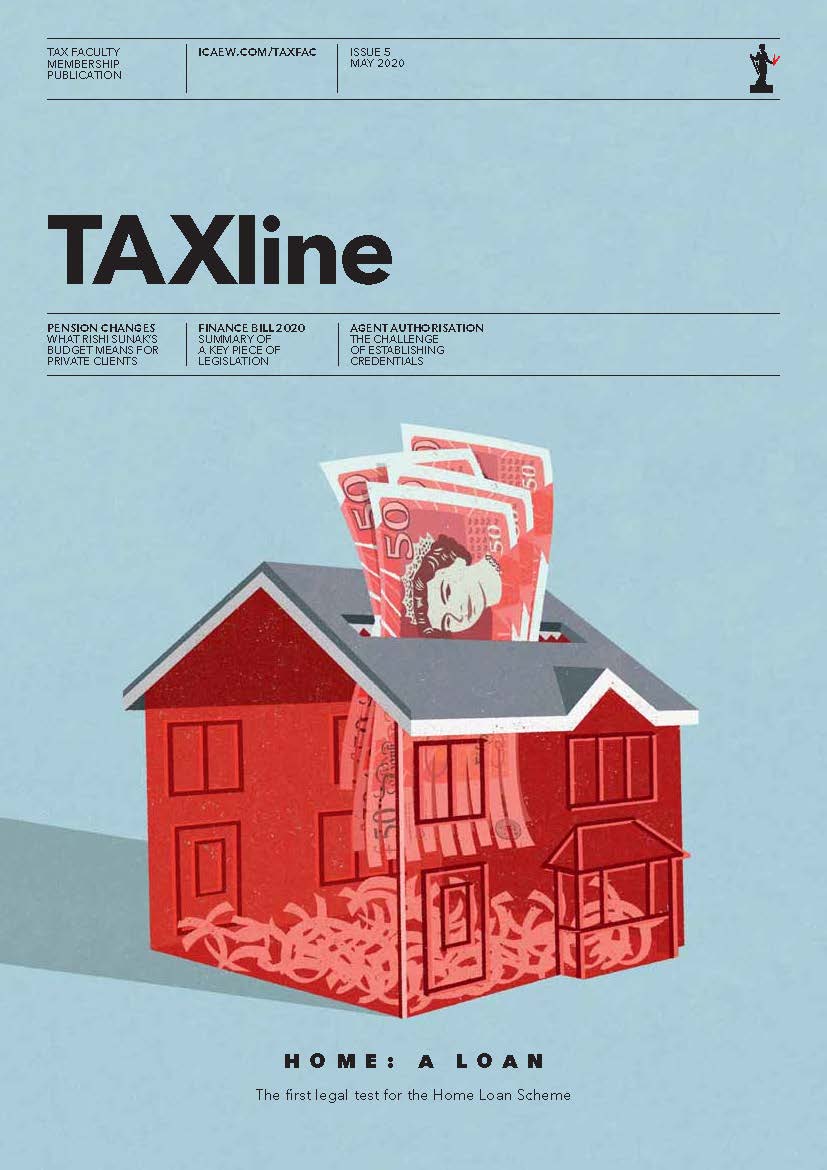The UK currently has two schemes for providing tax relief for qualifying research and development (R&D) expenditure:
- enhanced tax relief and payable credits for qualifying SME expenditure; and
- R&D expenditure credit (RDEC) for all other claims.
Combining the two schemes was first mooted in the March 2021 R&D Tax Reliefs consultation. Autumn Statement 2022 announced various changes to the rates of relief, heralding these changes as a “step towards a simplified, single RDEC-like scheme for all”.
A short consultation followed in January 2023. However, at Spring Budget 2023, it was announced that a higher R&D tax credit rate under the SME regime would be retained for loss-making R&D-intensive companies.
Draft legislation was published on 18 July 2023 with the proposal that a merged scheme could apply to qualifying R&D expenditure incurred on or after 1 April 2024. This highlighted the complexities of the proposals. ICAEW made representations on the draft legislation and also gave evidence to the House of Lords Economic Affairs Finance Bill Sub-Committee.
Landscape of change in R&D relief
ICAEW raised a number of concerns around the proposed merged scheme, but perhaps the largest issue was the timescale for implementation. The plan that the rules would apply to expenditure incurred on or after April 2024 was widely regarded as far too early by members.
The technical note published as part of the Autumn Statement 2023 indicates that the reforms will apply to accounting periods starting on or after 1 April 2024. Although this will represent a delay to the vast majority of claimants, many will likely argue it is still not sufficient time to properly manage the impact of these changes.
This is perhaps exacerbated by the fact that that the merger of the two R&D schemes follows a quick succession of changes to the R&D rules over the past few years that have applied from various dates.
Such a vast amount of change has caused considerable uncertainty and a sense of instability for companies that claim R&D tax relief. It is disappointing that the government has not heeded warnings around the disruption that these further changes could create without sufficient consultation.
What about subcontracted R&D?
Of most concern is the impact on subcontracted R&D. Many R&D projects involve long-term contracts, spanning several years. The new rules will need a great deal of consideration. While the changed commencement provision will represent a delay for many claimants, ICAEW’s Tax Faculty suspects many will view it as insufficient to manage commercial contracts and assist businesses in properly understanding these changes.
It was confirmed that the government will legislate to enact the position for subcontracted expenditure outlined in the draft Finance Bill. Where a company with a valid R&D project contracts a third party to undertake qualifying R&D activities, the company may claim the qualifying costs of that contract. The sub-contractor may not make a claim for R&D relief.
The technical note outlines, in high level, some circumstances where the sub-contractor may be able to claim relief. For example, where it forms part of an R&D project for the contractor and not the customer. Similarly, as set out in the draft legislation in July, R&D carried out by subcontractors who are working for non-UK taxpayers, such as overseas companies, will continue to qualify for relief.
ICAEW’s Tax Faculty remains concerned that there is insufficient time for companies to get to grips with the new rules, especially SMEs who are unlikely to have any dedicated in-house tax resource. The draft legislation did not provide any transitional provisions which exacerbated the issues around a rapid implementation timeline. From the Autumn Statement 2023 announcements, it appears unlikely that transitional provisions will be included in the new scheme.
Subsidised expenditure
The policy paper indicates that the rules relating to subsidised expenditure in the existing SME scheme will not be carried forward into the new merged scheme. This means that where a company receives a grant covering part of the costs of their R&D (for example), the amount of relief available will not be reduced.
ICAEW welcomes this, as the definition of subsidised expenditure has been the subject of Tribunal cases and is an ongoing issue for members involved with making R&D claims.
Rate of relief
The new merged scheme will operate as discussed in the consultation (providing relief at the current RDEC rate of 20%) aside from loss-making companies and R&D intensive-companies.
The notional tax rate applied to loss-makers in the merged scheme will be the small profit rate of 19%, rather than the 25% main rate currently set in the RDEC.
R&D-intensive companies, meanwhile, have been eligible for enhanced relief (retaining the payable tax credit rate of 14.5% compared to the reduced 10% rate) from 1 April 2023. The Autumn Statement confirmed that the threshold to be considered R&D intensive will be reduced from 40% to 30% of total expenditure from 1 April 2024.
To manage exceptional items of expenditure, companies within the regime for one year will be able to make a claim in the following year irrespective of whether the ratio is met in the subsequent year. This one-year grace period should help to increase certainty for taxpayers within this regime.
Nominee arrangements
Rules will be introduced to ensure all payments go directly to claimants and, subject to limited exceptions, removes the use of nominations for R&D tax credit payments.
This measure is clearly aimed at increasing compliance within the regime and will have effect for all claims to payable R&D tax credits submitted on or after 1 April 2024.
Assignments of the rights to R&D tax credits will also be prohibited with no new assignments from 22 November 2023.
Autumn Statement
On 22 November 2023, Chancellor Jeremy Hunt delivered the Autumn Statement. Read ICAEW's analysis and reaction.

The Tax Faculty
ICAEW's Tax Faculty is recognised internationally as a leading authority and source of expertise on taxation. The faculty is the voice of tax for ICAEW, responsible for all submissions to the tax authorities. Join the Faculty for expert guidance and support enabling you to provide the best advice on tax to your clients or business.
More support on tax
ICAEW's Tax Faculty provides technical guidance and practical support on tax practice and policy. You can sign up to the Tax Faculty's free enewsletter (TAXwire) which provides weekly updates on developments in tax.
Sign up for TAXwireJoin the Tax Faculty


